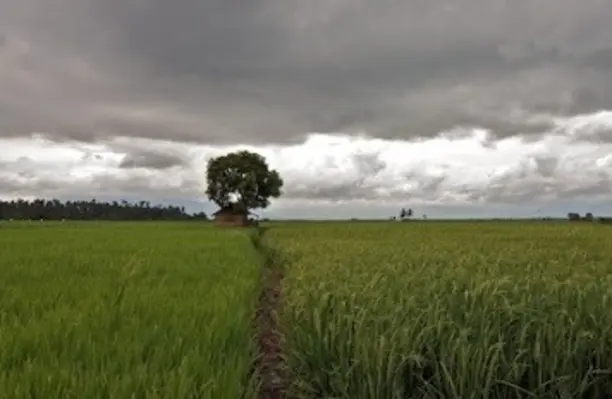Page 2 of 2
Another observation by Cainglet in one of his research show that for all the regions and in all the cropping seasons, the actual areas irrigated were much less than the reported service areas. Cainglet says this means that the service areas of irrigation systems as calculated during project design and preparation stage were overestimated. He adds that only 68 per cent of the service areas of irrigated facilities were actually served during the wet season and only 54 per cent during the dry season. Moreover, Cainglet says the decisions on the level and nature of public investments, such as construction of new NIS rather than CIS or pump irrigation or rehabilitation are, by and large, strongly influenced by donor priorities, bureaucratic biases, budgetary constraints and political economy factors. With NIA as a government agency, Cainglet says irrigation development tends to be biased in favor of public gravity irrigation as against pump systems using groundwater resources.
“The partiality will mean building more large scale rather than small scale systems and will just focus on design and construction rather than operation and maintenance, as has been pointed out in other studies,” observes Cainglet.
Due to lesser funding by private sectors, the government has allocated more budget last year to fulfill its goal of providing more irrigation facilities especially in hard-to-reach areas. In 2012, the Department of Agriculture (DA) has allotted PHP35.9bn (US$884.45mn) to irrigate 214,055 ha of farm land benefiting some 142,767 households. This means an increase of 27 per cent from 112,349 households in 2011.
When supertyphoon Pablo (international name Bopha) struck Mindanao region where massive losses amounted to billions of pesos, the DA has proposed an additional budget of PHP1.67 billion (US$41.14mn) to rehabilitate damaged irrigation facilities.
Aside from additional financial support, Cainglet recommends modifying policy options to improve the country’s irrigation system. He says the following may help accelerate the local irrigation facilities: a) A substantial increase in public sector investment is needed whether is its CIS or NIS which will help proper and inclusive consultations to make proper decisions; b) Developing the institutional and incentive structure would lead to correct decisions on the level and nature of public investments; c) Institutionalise reforms and other efforts to minimize biases in the system which usually leads to misallocation or misdirected priorities; d) Generate reliable estimates of the potential economic benefits of irrigable areas for various types of irrigation technologies; e) Produce updated benchmark information to provide panning and forecasting as well as develop design criteria and systems of operations and maintenance and monitoring and evaluation; f) Improving O&M will be more cost effective than rehabilitating aging facilities; h) Considering the prohibitive cost of new CIS and NIS development as studies show that large-scale irrigation systems perform poorly than the small-scale, thus intensive studies should be considered; and g) Focus on small-scale facilities such as shallow tube wells, low-lift pumps and village irrigation systems as studies show that these are easier to manage, cheaper to construct and have shorter gestation periods.
At a time where climate change are resulting to fiercer typhoons and more scorching dry season, all the more the need for more efficient irrigation systems to provide the much needed water in such extreme weather conditions.
Gemma Delmo





